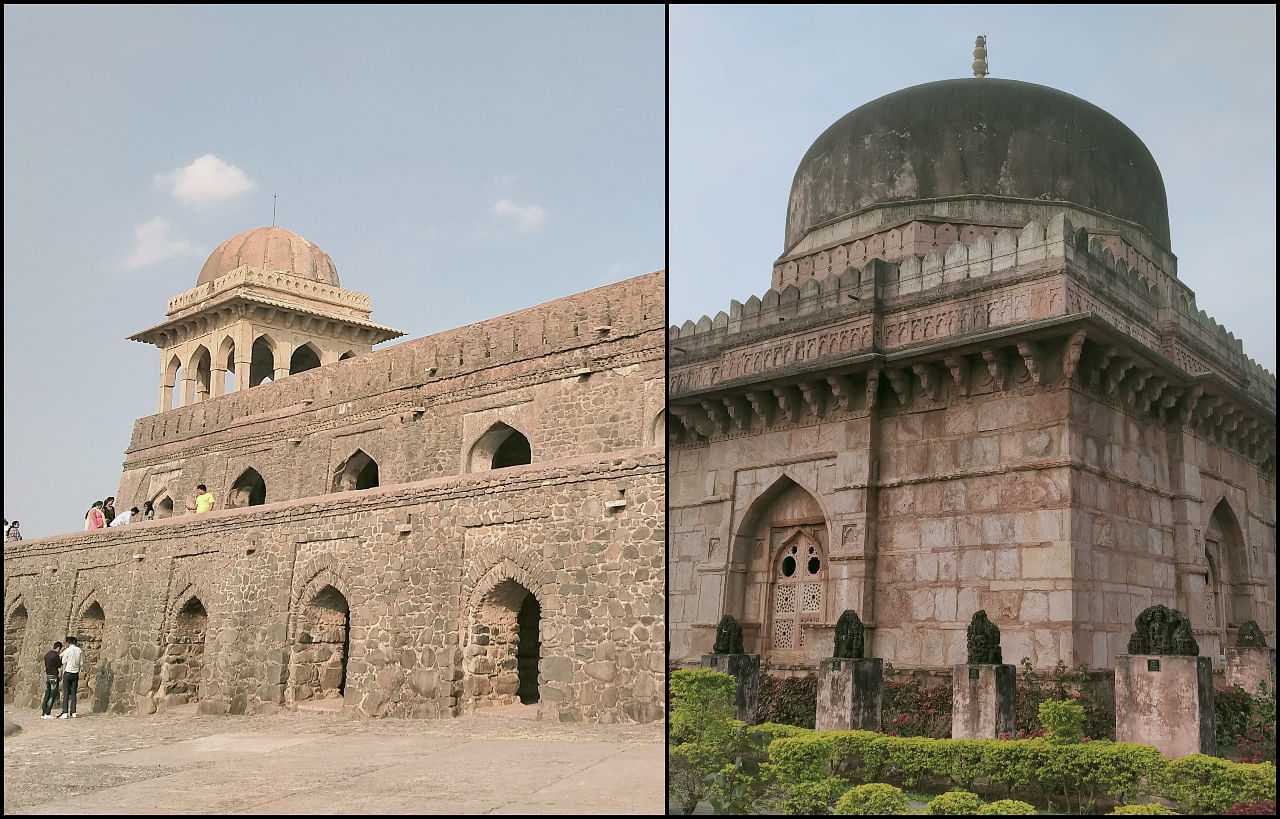
Around 87 km away from MP’s commercial capital Indore lies the well-preserved medieval city of Mandu in Dhar district.
Also called Mandav, the city is a delight for history and architecture enthusiasts who flock to the ruins for research. There are 61 protected monuments of national importance in Mandu. In fact, there are more than 3,000 big and small historical structures scattered over the 29 sq km of the fortress city that is guarded by 12 major darwazas (gates).
The Government of India has recently launched a new project to boost tourism in this atmospheric city of romance and ruin. As part of its rural tourism initiative, the Indian Government has planned cultural activities like the annual Mandu Festival to draw more visitors.
“To bring Mandu back on the tourism circuit, we have undertaken numerous initiatives,” Sheo Shekhar Shukla, Principal Secretary, Tourism, and Managing Director of the Madhya Pradesh Tourism Board told Deccan Herald Online. “To begin with, we conducted the annual Mandu Festival that witnessed a footfall of over 20,000 in its just-concluded edition.”
“MP Tourism has been involving tourism trade organisations to package Mandu as a two to three-night destination. For this, we have set up luxury tents and curated experiences that range from rural experiences to historical walks and trips to neighbouring towns. We endeavour to provide a tourist with an experience of Mandu that will be unforgettable."
A land of myth and legend
Mandu is known for the tragic love story of Roopmati and Baz Bahadur. According to folklore, Baz Bahadur was smitten by singer Roopmati’s beauty and melodious voice. To show his love for Roopmati he built a sandstone pavilion at the highest point of Mandu so she could pray to the river Narmada every morning before her music practice. However, when Emperor Akbar attacked Mandu, Baz Bahadur had to flee leaving his beloved behind. Akbar’s commander-in-chief Adham Khan tried to win Roopmati but she poisoned herself to avoid being his captive.
Roopmati’s pavilion close to Baz Bahadur's 16th-century palace is one of the most popular tourist spots here.
Much like Baz Bahadur and Roopmati’s ill-fated love story, the fate of Mandu is shrouded in tragedy. Historians believe that a severe plague destroyed the city around the 17th century and forced the residents to flee. The once-vibrant city of Mandu turned into a ghost town after centuries of prosperity. Another myth has it that after the Mughal attack, Mandu faced decades of dry weather that turned its fertile areas into barren lands.
For almost 300 years, Mandu was the royal residence of the Paramara kings from the 10th to the 12th Century, followed by Mughal kings from the 13th to the 16th Century. During both reigns, the royals constructed some outstanding palaces like the Jahaz Mahal, Hindola Mahal and Chappan Mahal to establish it as a power capital.
One of the most prominent monuments is Hoshang Shah’s mausoleum, which is India’s first marble monument and served as a template for the Taj Mahal. It’s a fine example of Pashtun architecture with intricate latticework and a dome-shaped tomb. It is built near the Jami Masjid, a massive place of worship built on the lines of the great mosque of Damascus.
(The writer is an independent journalist, free-thinker and an avid traveller)